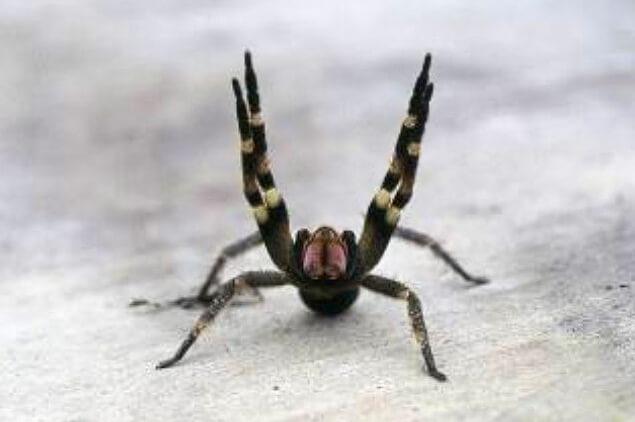Outpost31Survivor
Arachnoprince
- Joined
- Aug 23, 2019
- Messages
- 1,630
This is an article worth bookmarking:

 www.burkemuseum.org
www.burkemuseum.org
According to the Australian Museum, the number of human deaths from authentic spider bites of any kind in Australia since 1979 has been zero. A recent published medical study followed 750 genuine Australian spider bite cases with identified spiders over 27 months (1999-2001). Only 44 bites (6%, mostly redback spider bites) had significant effects. Only 6 redback bites and 1 Atrax bite were serious enough to need antivenom. In no case was there any sign of allergic response to spider venom, and I have only seen one such case in North America in 44 years.
Atrax robustus, the Sydney Funnelweb Spider, is often publicized as the "world's deadliest." Authentic medical information suggests otherwise. There have been no deaths (out of 30-40 bites per year) since antivenom was introduced in 1980. During the 53 year period 1927-1979 there were 13 or 14 known deaths, which would be a death rate of under one percent! Although one child died in 15 minutes, adult fatalities typically took 2-3 days. 90% of Atrax bites are judged not serious enough to need antivenom.
Brazilian Wandering Spiders (aranhas armadeiras), Phoneutria nigriventer, P. keyserlingi and P. fera, are sometimes said to have the world's most toxic spider venom – probably based on a well publicized study where mice were killed by intravenous injection of as little as 0.006 mg of venom. Since I'm a man, not a mouse, that doesn't worry me much. Authoritative sources state that over 7,000 authentic cases of human bites from these spiders have been recorded, with only around 10 known deaths, and about 2% of cases serious enough to need antivenom. So despite the surprisingly large number of bites, this spider is not exactly public enemy number one either.
Most medical conditions blamed on spiders by physicians lack confirmation that any actual spider was involved in the case. Spider bites of all kinds are rare events (as opposed to other bites and medical conditions that get wrongly blamed on spiders). Although it is possible for a spider bite to cause death, that is a very unlikely outcome and does not happen in enough cases to justify calling any spider "deadly."

Myth: Deadly Australian/Brazilian spiders
The most notorious "deadly" spiders of Australia and Brazil are not as toxic as their reputation; very few deaths have ever been recorded.







